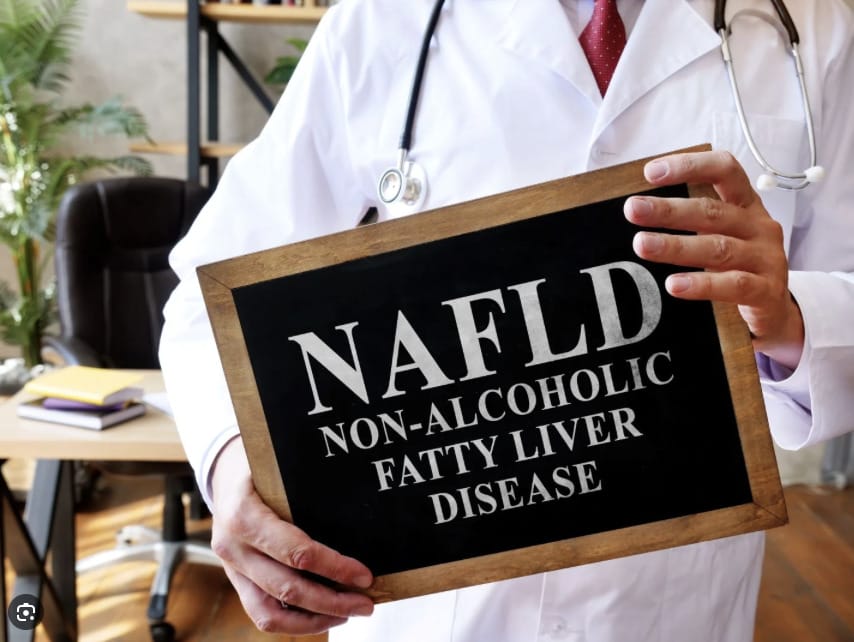
Liver health is a critical issue that affects millions of people worldwide. One of the most common and serious liver conditions is non-alcoholic fatty liver disease (NAFLD), which is characterized by excess fat accumulation in the liver cells. NAFLD can cause inflammation, scarring, and liver failure, and can increase the risk of other metabolic disorders, such as obesity, diabetes, and high cholesterol. NAFLD can also lead to life-threatening complications, such as liver cancer and cirrhosis.
NAFLD is a costly condition that imposes a heavy burden on healthcare systems and their patients, and the costs of NAFLD are expected to rise, as the prevalence and severity of the condition increase.
Healthcare providers play a vital role in addressing NAFLD, helping patients improve their liver health, metabolic health, and quality of life by educating them about NAFLD, screening them for risk factors, diagnosing them with our accurate tool, treating them with personalized interventions, and monitoring them with real-time data.
NAFLD by the numbers
NAFLD is a silent, growing epidemic that affects 1 billion people worldwide, including 24% of the adult population in the US alone. People who have obesity or type 2 diabetes are more likely to develop NAFLD. Research shows that NAFLD affects between one-third and two-thirds of people with type 2 diabetes, and occurs in up to 75% of people who are overweight and in more than 90% of people who have severe obesity.
As NAFLD persists, it can progress to non-alcoholic steatohepatitis (NASH). NASH is a condition where the liver becomes inflamed and damaged due to fat accumulation. NASH affects 26% of patients with type 2 diabetes in the US, which is equivalent to 6.4 million people.
The clinical spectrum of NAFLD
NAFLD can have serious consequences for the liver and other organs, depending on how it progresses over time.
About 20% of NAFLD patients develop nonalcoholic steatohepatitis (NASH), which can lead to fibrosis in the liver. Fibrosis is the formation of scar tissue in the liver due to chronic injury and inflammation, and can reduce the liver’s ability to regenerate and repair itself, restrict the blood flow within the liver, and impair the liver’s ability to perform its many functions.
If fibrosis progresses to an advanced stage, it is called cirrhosis, which is irreversible and can cause liver failure. Cirrhosis is the end-stage of liver disease and the most common indication for liver transplantation. Cirrhosis can also increase the risk of developing hepatocellular carcinoma, which is the most common type of liver cancer.
NAFLD is not only a liver problem, but also a systemic problem that affects other organs and systems. NAFLD is associated with increased risk of cardiovascular disease, chronic kidney disease, and type 2 diabetes.
NAFLD is a complex and multifactorial condition that requires a comprehensive and multidisciplinary approach to manage. The main goals of management are to prevent or slow down the progression of NAFLD to NASH or cirrhosis, to reduce the risk of developing cancer or other complications, and to improve the overall health and well-being of patients.
NAFLD in the USA: a costly challenge
NAFLD is costing patients and healthcare systems billions of dollars each year. In fact, patients with NAFLD spend twice as much on healthcare as their peers without the disease. The average lifetime cost of NAFLD in the US is around $32,249 per patient, with a staggering $222.6 billion price tag for all patients.
How do these costs break down as disease progresses?
These staggering costs are a heavy burden for patients and healthcare systems alike. It’s time to raise awareness of this silent epidemic to empower people to take charge of their liver health.
The key takeaway
NAFLD can be a life-altering condition for patients and their families. It can lead to serious health problems and even premature death. It is a costly disease, with an average lifetime cost of $32,249 per patient in the US. NAFLD can lead to a number of serious complications, including inflammation, scarring, liver failure, and even death. Healthcare providers and health systems play a vital role in addressing NAFLD by educating patients about the disease, screening them for risk factors, diagnosing them with accurate tools, treating them with personalized interventions, and monitoring them with real-time data.
References:
